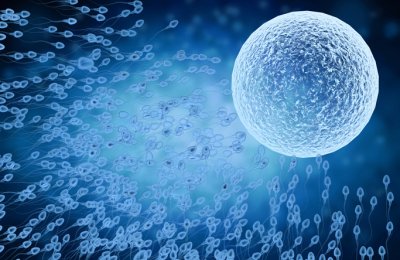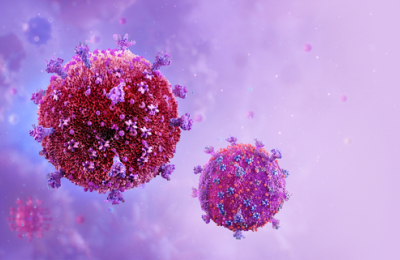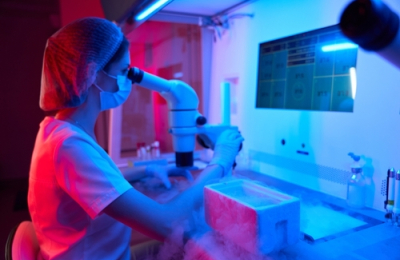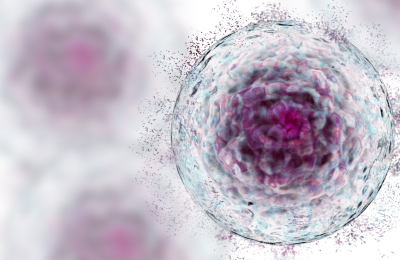
Researchers have created a detailed cell map of the human endometrium, uncovering new cell types and their interactions. The endometrium is crucial for reproduction, supporting pregnancy when an embryo implants. If implantation does not occur, the tissue regenerates monthly without scarring. Previous research struggled to identify all cell types present throughout the menstrual cycle, but the new Human Endometrial Cell Atlas, developed by the Wellcome Sanger Institute, has addressed this gap. This atlas includes data from about 626,000 cells from 121 people, including those with and without endometriosis, during natural cycles and hormonal contraception.
Magda Marečková from the University of Oxford and the Wellcome Sanger Institute noted that this genomic resource is essential for understanding endometrial function in health and disease, particularly endometriosis. Endometriosis, a condition where endometrial-like tissue grows outside the uterus, causes severe pain and fertility issues and remains the second most common gynecological condition in the UK.
Published in Nature Genetics as part of the Human Cell Atlas project, the study discovered several new cell types specific to certain menstrual cycle phases and explored interactions between immune, stromal, and blood vessel cells. The researchers identified four cell types and specific signalling pathways potentially linked to endometriosis, offering new diagnostic and therapeutic targets for future studies.
Source - Human Endometrial Cell Atlas published | PET (progress.org.uk)








































































